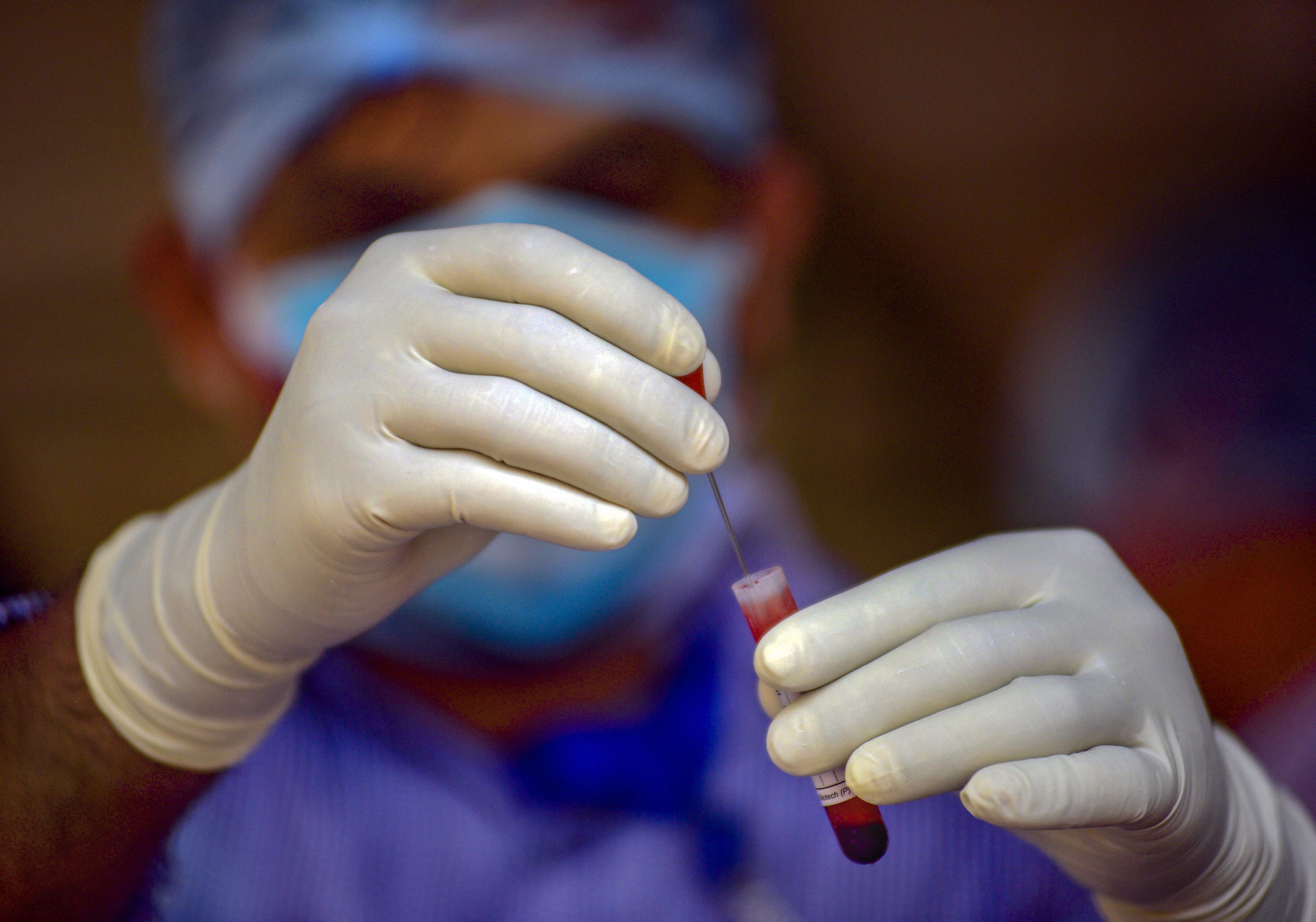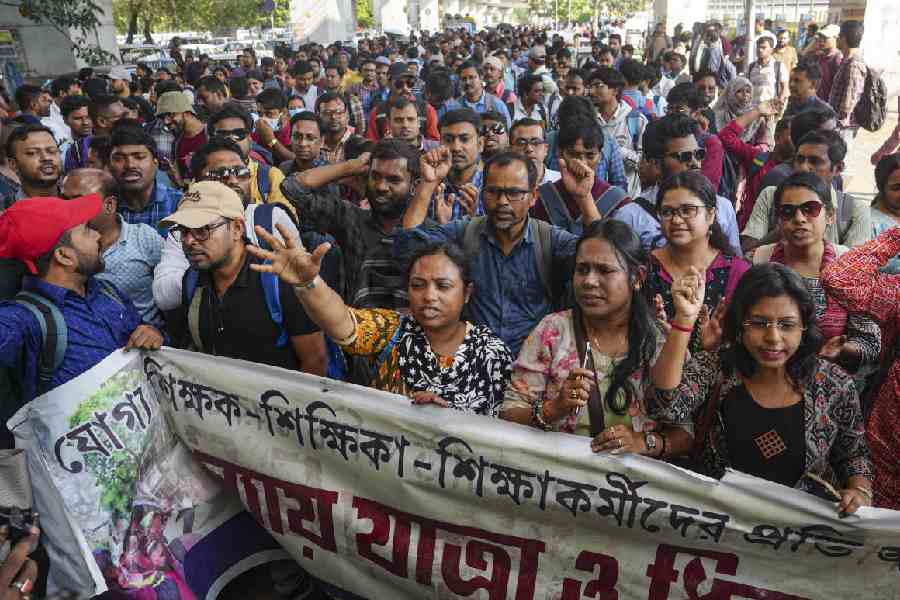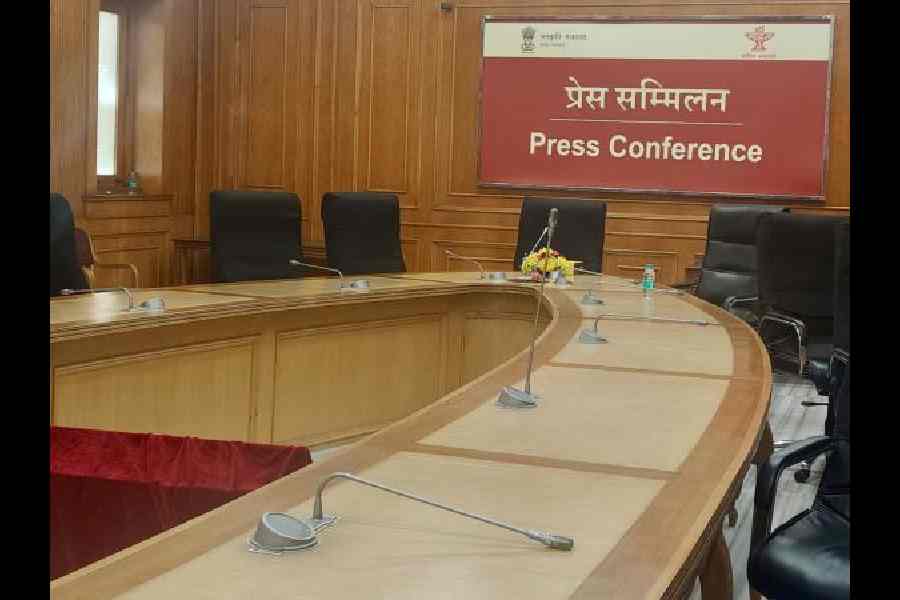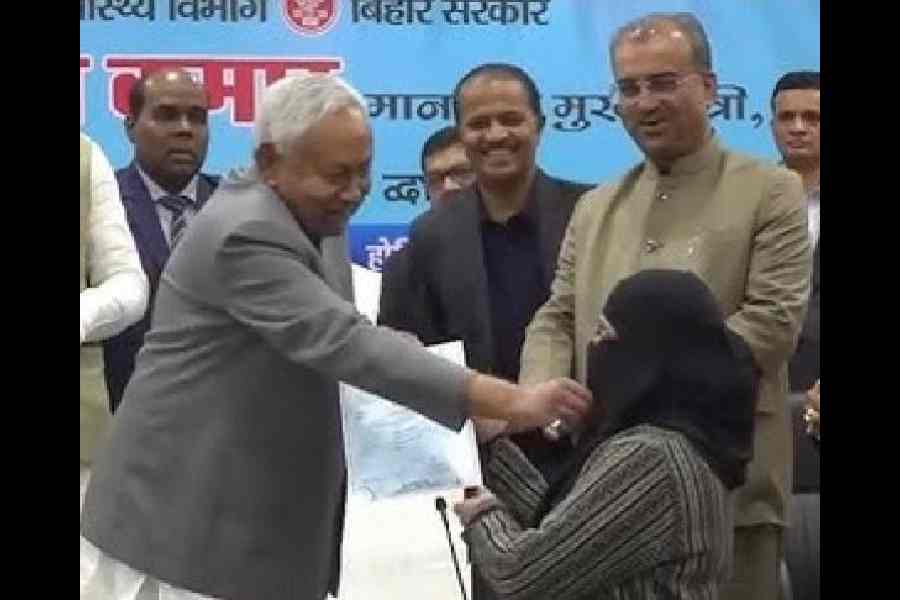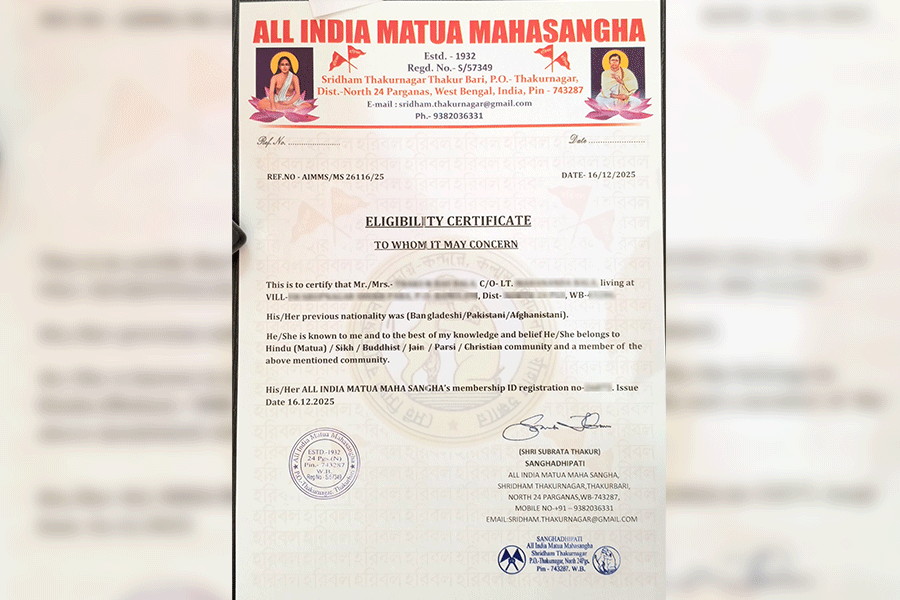India’s department of health research on Thursday validated longstanding speculation that the new coronavirus was spreading silently from person to person in the country without anyone knowing it but asserted there was no community transmission yet.
The assertion by the Indian Council of Medical Research has left senior public health experts and virologists baffled because they said it appeared to disregard multiple lines of evidence generated by the ICMR’s own researchers.
The ICMR, providing glimpses of the results of the first-ever nationwide survey that looked for the infection in asymptomatic people, said the coronavirus had infected 0.73 per cent of sampled populations in 60 districts and 11 cities.
That figure, if extrapolated to the population of only the 60 districts, public health experts said, would mean the coronavirus had by early May infected over 370,000 people there, a number higher than the current nationwide cases confirmed by lab diagnosis.
Health authorities on Thursday recorded 9,996 new coronavirus cases, raising the total confirmed cases to 286,579, of whom, 137,448 are under medical supervision, 141,029 have recovered and 8,102 have died.
The survey, covering 60 districts and the 11 hardest-hit cities, has so far tested around 26,400 people. It found through antibody tests that only 0.73 per cent had been infected by SARS-CoV2, the microbe that causes Covid-19.
“This implies that the lockdown and containment measures have been successful in preventing rapid spread of the infection,” ICMR director-general Balram Bhargava said in a presentation.
“However, it also means a large proportion of the population is still susceptible (to the infection).”
Bhargava said the survey also found an infection mortality rate (IFR) — the number of deaths divided by the number of infections found through antibody tests — of 0.08 per cent. The country’s case fatality rate — the number of deaths divided by the number of lab-confirmed cases — is 2.8 per cent.
Clinical virologists and public health experts said that applying that IFR to the deaths recorded up to May 15 would mean around 3.4 million people had been infected in India by mid-May.
T. Jacob John, former professor of clinical virology at the Christian Medical College, Vellore, said if an infection doubling time of about 20 days were applied, the tally of infected people would have been 6.8 million by June 4. “This is absolutely reasonable,” John said.
The survey screened around 400 people from randomly selected households from each of the 60 districts, 15 districts each chosen from four categories — zero prevalence, low prevalence, medium prevalence and high prevalence of Covid-19. Some 500 people were to be tested in each of the selected cities.
The ICMR did not release the break-up of the levels of infection in each of the four categories of districts, but said the preliminary results suggested that the infection levels in some of the containment zones were “high with significant variations”.
Senior public health officials familiar with the findings had told The Telegraph earlier this week that the survey had revealed 15 per cent to 30 per cent infection levels in some sampled areas.
Senior ICMR officials had said in May that the survey was intended to look for evidence of community transmission — the person-to-person spread of the virus where the source of the infection is too difficult to trace.
The findings suggest that tens of thousands of people across India have become infected and have recovered from the infection without knowing it. Public health experts and virologists said this was fresh evidence for community transmission.
But Bhargava said there was no community transmission.
Several public health experts, including one closely associated with the ICMR, said this assertion was “baffling” -- all the more so because it ignored evidence of community transmission generated by the ICMR’s own scientists through surveillance studies.
An ICMR study had in April documented Covid-19 in 40 patients hospitalised for severe acute respiratory infections (SARI), which the council’s researchers had described as strong evidence for community transmission. None of the 40 patients had any contact with Covid-19 patients.
Another ICMR study had in May detected Covid-19 infections in 5,403 (13 per cent) of patients with SARI or influenza-like illness and acknowledged that over 17,000 confirmed Covid-19 patients had no documented exposure history.
“I can’t imagine why anyone would want to deny community transmission. It’s nobody’s fault. This virus is very infectious; this is the way it spreads,” said Shahid Jameel, a senior virologist and head of the DBT-Wellcome Trust India Alliance, a UK-India research initiative.
“If the ICMR keeps denying community transmission, it only risks eroding public trust in the organisation,” Jameel said.

